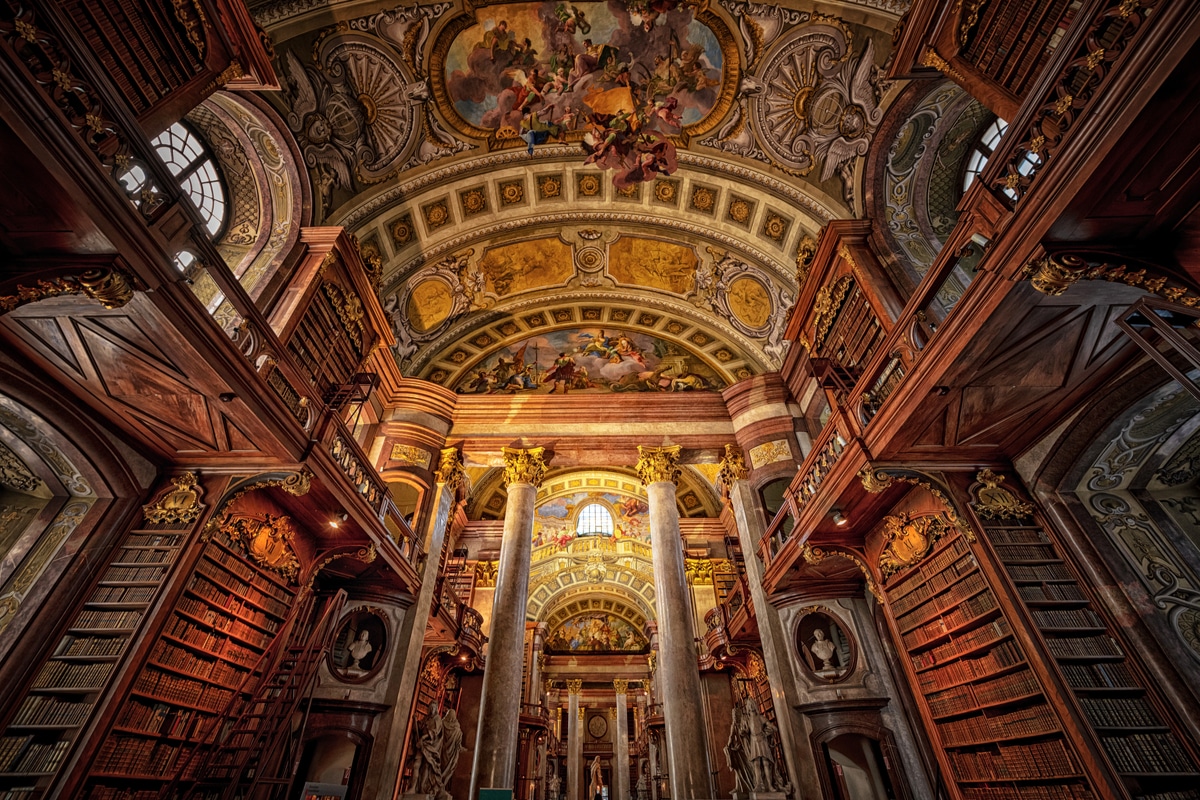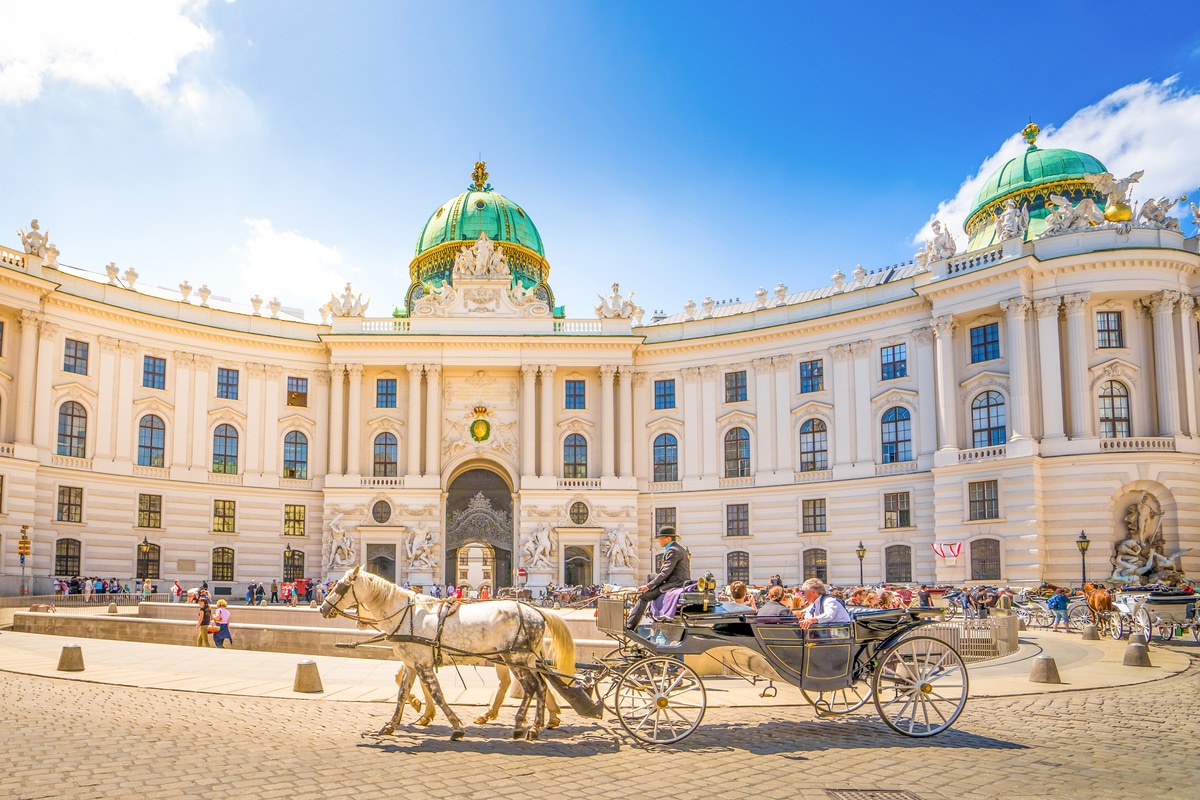Austrian National Library
As an imperial court library, the Vienna National Library was already built in the first half of the 18th century. Today it houses the largest book collection in Austria and still functions as a library for science and research. In addition to the reading room and the research possibilities of the actual library, the National Library offers the option to go on a historical exploration tour and to visit museums with different focuses.

Scientific library
The scientific library is the largest in the country. Due to the Ablieferungsgesetz (delivery law), which was valid until 1920, almost all works published in Austria belong to the library. More than 12.5 million books and other collectibles can be found in this library. In addition to Austrian literature, there is also an extensive collection of foreign literature, especially in the field of the humanities. The National Library is open especially to research and teaching staff as well as to students.
State Hall
The State Hall is probably the most impressive surviving baroque reading room of any library in the world. Built by Emperor Charles VI, the sumptuously decorated hall contains a collection of over 200,000 works. It also contains the possessions of the builder of Belvedere Palace and the writings of Martin Luther. These volumes are exhibited here for viewing. The architecture of the hall is worth seeing as well as this exhibition. The ceiling decorated with frescoes is located at a height of 20 meters.
Museums of the National Library
Beside the actual library and the state hall that can be visited, there are also a lot of museums in the National Library of Vienna. The Literature Museum, the Papyrus Museum, the Map and Globe Museum, the House of Austrian History and the Esperanto Museum can also be visited.
The Literature Museum focuses on Austrian literature from the end of the 18th century onwards, while the Globe Museum contains over 250 globes of various types and significance.
The Papyrus Museum bears witness to the time from the 2nd millennium BC onwards and the Esperanto Museum brings the history of the development and invention of languages closer.





